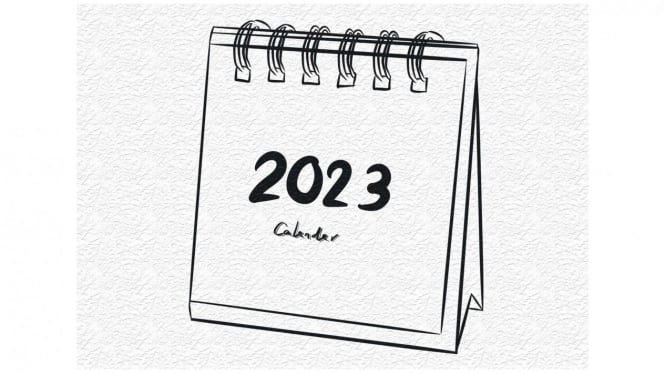The Explanation Why February Only 28 Days, Starting as a Myth
- Pixabay/Tilixia/181
VIVA – February is the second month in the modern Gregorian calendar that is widely used today. If compared to the other eleven months, February has the least number of days at 28 and 29 in the leap year. In 2020, for example, February had 29 days. Then in 2021 and this year, February has 28 days. Meanwhile, every month other than February contains at least 30 days.
So, why February has the least number of days? Here’s the explanation.
As a result of ancient Roman Myths
The Gregorian calendar’s oldest ancestor, the first Roman calendar, had a glaring difference in structure from its later variants. The calendar did not consist of 12 months but instead had only 10 months. To fully sync the calendar with the lunar year, the Roman king Numa Pompilius added January and February to the original 10 months.
Ilustrasi kalender.
- pixabay
The previous calendar had had 6 months of 30 days and 4 months of 31, for a total of 304 days. However, Numa wanted to avoid having even numbers in his calendar, as Roman superstition at the time held that even numbers were unlucky. He subtracted a day from each of the 30-day months to make them 29.
The lunar year consists of 355 days (354.367 to be exact, but calling it 354 would have made the whole year unlucky), which meant that he now had 56 days left to work with. In the end, at least 1 month out of the 12 needed to contain an even number of days.
However, to produce an odd number of days in a year, at least 1 of the 12 months must contain an even number of days. This is due to the simple mathematical fact that when adding up the total number of days in a year, the 12 months that have an odd number of days will result in an even number or sum.
Numa wanted to make the total number of days in the calendar year odd. So, Numa chose February as an unlucky month which previously had a total of 29 days to 28 days. February was also the month that would be the time for Roman rituals to honor the dead.
Today, the Gregorian calendar that is widely used in the world has received several changes from the Roman calendar of the time of king Numa Pompilius. These changes include the shortening of February at certain intervals, the addition of leap months, and modern leap days.



























